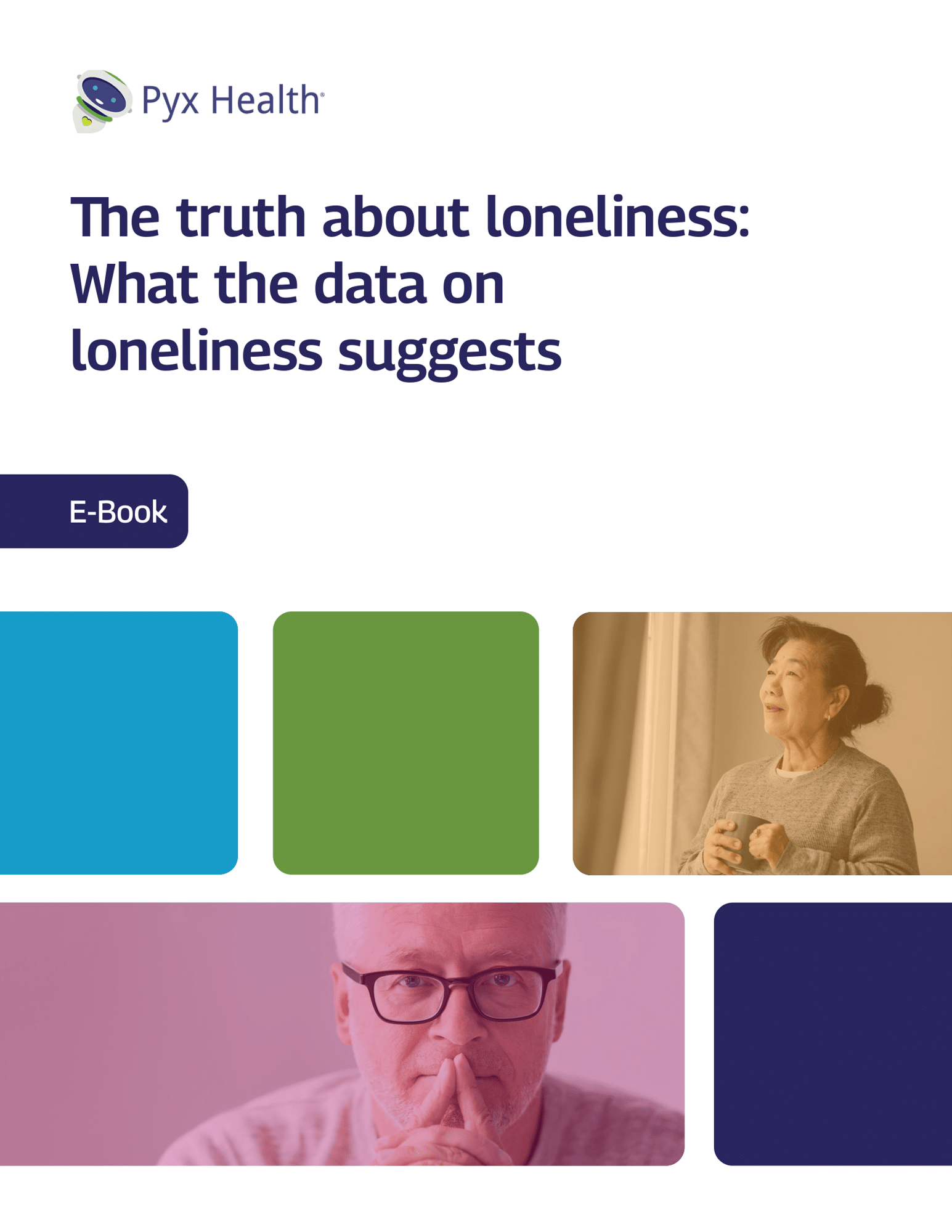Gender is complex, impacting our perception of ourselves and the world around us. These lenses of identity can create feelings of separateness that often contribute to loneliness. Unquestionably, LGBTQ+ individuals are more predisposed to feelings of loneliness due to stigmas, social isolation and barriers to care. That said, cisgender, heterosexual men and women are not to be ignored in how gender influences loneliness.
Men are more likely to be lonely.
Whatever your preconception may be, data on loneliness tells us that men have been shown to be lonelier than women. In fact, when we look at the UCLA-3 — a tried-and-true measure of loneliness — 45% of men screen as lonely compared to 42% of women. Although this seems like a small difference, consider that men are three times more likely to score high for psychological distress on the same scale, revealing that something else may be at play.
The other factor is social isolation, which is linked tightly to loneliness. Men experience significant rates of social isolation, with the English Longitudinal Study of Ageing (ELSA) indicating that senior men in particular experience social isolation at higher rates than women. Specifically, the ELSA revealed that 1.2 million older men experienced moderate or high degrees of social isolation.
That said, women are often more vocal about their feelings. As a result, women are more willing to admit feelings of loneliness.
How men and women view relationships
Loneliness and isolation are rooted in fulfilling social needs, so it’s important to note the differences in how men and women approach social relationships.
Men often place a higher value on instrumental aspects of relationships, such as common interests, whereas women often place a higher value on emotional aspects, such as mutual understanding and closeness. These differences further illustrate that men feel isolated — and consequently lonely — because they often don’t reach for emotional support.


